Zen and Japanese militarism: Complicity and ethical failure
Zen Buddhism is often associated with profound inner peace, disciplined meditation, and ethical detachment from worldly aggression. It is thus all the more striking, and disturbing, that Zen institutions in Japan not only failed to oppose the violent expansion of the Japanese Empire in the early 20th century but often actively supported its militarist ideology. The contradiction between Zen’s spiritual ideals and its historical complicity with violence demands serious examination.

The entry of the Japanese Navy Land Forces into the memorial service ceremonial site of Nanking (18 December 1937). The Nanking Massacre had occurred only weeks earlier and constitutes one of the most brutal atrocities in modern history, perpetrated by the Japanese military during its invasion of China. Although not caused by Japanese Zen Buddhism, the brutality of this period unfolded in a wider cultural and ideological environment in which several religious institutions, including Zen, offered moral support, spiritual rhetoric, or ideological justification that facilitated imperial aggression. Source: Wikimedia Commonsꜛ (license: public domain)
To explore this issue is not to dismiss Zen teachings as inherently flawed or warlike. On the contrary, many of Zen’s philosophical principles such as non-attachment, presence, compassion, can serve as powerful antidotes to hatred and aggression. But history reveals a troubling pattern in which these teachings were reinterpreted, co-opted, or selectively emphasized to support nationalist, imperial, and even fascist goals.
In this post, we seek to examine the specific ways in which institutional Zen, particularly Rinzai Zen, became entangled with Japanese militarism in the modern era. We explore not only the alignment of monastic leaders and Zen rhetoric with imperial ideology but also the deeper cultural and philosophical dynamics that allowed this alliance to take root. Through this investigation, we aim to distinguish between the liberating potential of Zen thought and the institutional choices that undermined its ethical foundations.
Zen and the culture of the warrior
The connection between Zen and Japan’s warrior culture stretches back to the medieval period, particularly through the alignment of Rinzai Zen with the samurai class. During the Kamakura and Muromachi periods (12th-16th centuries), Rinzai Zen became the spiritual discipline of choice for many samurai. Its emphasis on direct experience, personal responsibility, and mental clarity under pressure resonated with the needs of warriors who faced death on the battlefield.
Zen training, with its austere rituals, strict teacher-student hierarchy, and focus on overcoming fear and ego, was seen as ideal preparation for combat. Meditation was not only a means of spiritual insight but also a tool to cultivate fearlessness, mental focus, and detachment from life and death. In this context, the Zen ideal of acting with spontaneous clarity and without hesitation, what might be called “immediacy of action”, was easily co-opted into the logic of swordsmanship and battlefield decisiveness.
The samurai code of bushidō, though only codified in the early modern period, came to be retroactively infused with Zen values. Zen monks often served as advisors and educators to warrior households, helping to moralize martial life with spiritual dignity. Over time, this fusion contributed to the spiritualization of violence, where killing could be framed not as a moral failing but as a duty performed with clarity and selflessness. This cultural foundation made it easier, centuries later, for Zen institutions to adapt their teachings to support state militarism. The notion that one could kill with an “empty mind”, without attachment or hatred, was dangerously adaptable to nationalist propaganda and wartime ethics.
Thus, the historical relationship between Zen and the warrior ethos laid the groundwork for a morally ambiguous legacy. While Zen provided spiritual discipline and inner refinement, its principles could also be — and were — distorted into justifications for militaristic obedience and violence.
Zen in Imperial Japan
The Meiji Restoration (1868) radically transformed Japan’s political and religious institutions, and Buddhism, long embedded in feudal society, was forced to reinvent itself. The new state sought to modernize and centralize power, elevating State Shinto as the ideological backbone of nationalism and marginalizing traditional Buddhist schools. In response, many Buddhist institutions, including Rinzai Zen, aligned themselves with the imperial state in an effort to survive and remain socially relevant.
Rinzai Zen, with its historical ties to the samurai elite and emphasis on discipline and loyalty, was particularly well-positioned to support nationalist ideology. Zen temples adapted their teachings to resonate with the growing militarist fervor, reinterpreting concepts like non-attachment, selflessness, and death-awareness as virtues for soldiers. This ideological shift was not limited to abstract teachings. Many abbots and high-ranking monks actively endorsed the emperor-centered worldview and imperial expansion.
Zen institutions participated in the war effort through propaganda, patriotic rituals, and the promotion of unquestioning obedience to the emperor. Monastic leaders delivered sermons glorifying the duty to die for the nation and provided spiritual support for conscripts and officers. Some Zen monks served as military chaplains, while others used traditional Zen rhetoric to train soldiers in mental fortitude and the acceptance of death, reframing battlefield sacrifice as a spiritual act.
Training regimens in some Rinzai monasteries during the prewar and wartime period included martial drills, nationalist lectures, and ritual blessings for the empire. This militarization of spiritual practice blurred the line between religious devotion and imperial loyalty, transforming Zen temples into ideological outposts of the wartime state.
Thus, under the pressures of the Meiji regime and subsequent militarist governments, Zen Buddhism, especially in its institutional Rinzai form, moved from being a contemplative discipline to an active participant in Japan’s militarist project. Its complicity was not accidental, but the result of deliberate accommodation to power, justified in part by Zen’s historical associations with warrior culture and its flexible philosophical vocabulary.
Key figures and controversial voices
Shaku Sōen: Russo-Japanese War and early nationalism
Shaku Sōen (1860-1919), a prominent Rinzai Zen master and early proponent of Buddhist modernism, played a foundational role in aligning Zen with Japanese nationalism. During the Russo-Japanese War (1904-1905), Shaku Sōen publicly supported Japan’s military efforts, interpreting them as part of a righteous civilizational struggle. He emphasized the moral and spiritual duty of the Japanese people to defend the emperor and extend the values of their culture. Although he is often remembered in the West for his role at the 1893 World’s Parliament of Religions in Chicago, in Japan his legacy is marked by his contribution to an emerging discourse that saw warfare as compatible with Buddhist values, provided it was conducted selflessly and in service to the greater good.
D.T. Suzuki: Philosophical writings and contested interpretations
Daisetz Teitaro Suzuki (1870-1966), a student of Shaku Sōen, is widely known for introducing Zen to Western audiences. However, his writings during the 1930s and early 1940s have come under scrutiny for their apparent support of Japanese militarism. Suzuki emphasized the idea that Zen training cultivates an intuitive and fearless mindset, which he suggested could be useful on the battlefield. Though he rarely spoke explicitly in favor of violence, critics argue that his portrayal of the “Zen warrior” ethos provided ideological cover for imperial aggression. After the war, Suzuki distanced himself from these associations, but the ambiguity in his writings continues to fuel debate among scholars and practitioners.
Yasutani Haku’un: Explicit fascism and anti-Semitism
Unlike Suzuki, Yasutani Haku’un (1885-1973) left little doubt about his ideological alignment during the war. A prominent Sōtō-Rinzai teacher and founder of the Sanbō Kyōdan school, Yasutani openly praised Hitler and the Nazi regime, disseminated anti-Semitic propaganda, and saw Zen as a spiritual force aligned with Japanese racial superiority. In wartime publications, he urged total obedience to the emperor and advocated for the spiritual training of soldiers through Zen. His postwar teachings remained influential in Western Zen circles, particularly through his students, but his fascist writings have prompted serious ethical and historical reflection.
Other Rinzai and Sōtō leaders in support of the empire
Numerous other Zen figures, both Rinzai and Sōtō, aligned themselves with the imperial cause. Many abbots and senior monks wrote patriotic sermons, supported war bonds, and blessed departing soldiers. Some became military chaplains or gave lectures promoting Zen discipline as essential for the cultivation of loyal, death-ready soldiers. These actions were often couched in traditional language of selflessness and non-attachment, but they served the ideological apparatus of a militarized state. The complicity of these figures was not merely passive. It involved the active reinterpretation of Buddhist values to legitimize imperial warfare.
Together, these individuals illustrate how Zen’s spiritual authority and philosophical vocabulary were marshaled to support a nationalist agenda. Their legacy challenges the modern image of Zen as inherently peaceful, raising difficult questions about the intersection of religion, ideology, and violence.
The broader Buddhist landscape
While Rinzai Zen has received the most attention for its wartime complicity, it is important to situate this within the larger framework of Japanese Buddhism, which saw widespread alignment with the imperial state across sectarian lines. Sōtō Zen, Nichiren Buddhism, and even institutions influenced by State Shinto ideology each contributed to the religious legitimization of militarism, nationalism, and emperor-worship.
Sōtō Zen and its role in military chaplaincy
The Sōtō school, the largest Zen sect in Japan, may not have been as ideologically aggressive as some Rinzai leaders, but it nonetheless participated actively in Japan’s war efforts. Monks served as military chaplains, offering spiritual support and rituals for soldiers on the front lines. Temples conducted ceremonies to bless troops and pray for imperial victory. Some abbots wrote sermons or essays that portrayed military service and sacrifice as aligned with Buddhist principles of selflessness and impermanence. While many Sōtō figures likely saw their actions as pastoral care, their involvement nonetheless reinforced the moral and religious legitimacy of Japan’s militarist campaigns.
Nichiren Buddhism and ultra-nationalist fervor
Nichiren Buddhism, particularly in its lay movements and branches like Nichiren Shōshū and Kokuchūkai, was often overtly nationalistic. Nichiren himself had emphasized the centrality of Japan and the Lotus Sūtra in the salvation of the world. A view that, in the modern period, was transformed into an ideology of spiritual superiority. During the 1930s and 1940s, many Nichiren groups preached the divine mission of Japan to lead Asia, aligning the propagation of the Lotus Sūtra with imperial expansion. Some leaders even welcomed war as a purifying struggle, and dissenting voices within the tradition were silenced or suppressed.
State Shinto and the fusion of emperor-worship with Buddhist ethics
Although Buddhism and Shinto had long coexisted in Japan, the Meiji state redefined Shinto as a state ideology centered on emperor-worship and national destiny. Buddhist institutions, eager to survive in this new order, increasingly adapted their teachings to support the cult of the emperor. Temples displayed imperial portraits, celebrated national holidays, and incorporated patriotic rituals into their religious calendars. The Buddhist ethical emphasis on loyalty, gratitude, and karmic duty was reinterpreted in light of state demands, producing a fusion of religious sentiment and political obedience.
Taken together, these developments show that the support for imperial ideology was not unique to Zen, but rather part of a broader pattern within Japanese Buddhism during the modern period. Institutional survival, cultural conformity, and theological reinterpretation all contributed to this complicity. Understanding this broader landscape deepens our appreciation of the challenges Buddhism faced — and failed to meet — in the face of authoritarian nationalism and state violence.
War crimes, colonialism, and spiritual justification
The ethical failure of institutional Buddhism, and Zen in particular, becomes most glaring in its silence or implicit endorsement of the atrocities committed by the Japanese military during its imperial expansion. Despite the horrors of colonization in Korea, the brutal invasion of China, the infamous Nanjing Massacre, the inhumane treatment of prisoners of war, and the use of human experimentation by units like Unit 731, Buddhist leaders, with very few exceptions, remained silent. This silence was not merely passive, It was reinforced by earlier support for the ideological machinery that justified such violence.
In many cases, Zen temples continued to perform ceremonies for military success even as these atrocities came to light. There was no institutional effort to publicly condemn the massacres, sexual enslavement, or systematic dehumanization that defined Japan’s imperial campaign. The complicity was spiritual as well as institutional: by framing the soldier’s death as a noble self-sacrifice and by invoking concepts like non-attachment to justify obedience without moral scrutiny, Zen rhetoric was weaponized to obscure ethical responsibility.
What makes this complicity more alarming is the postwar response, or rather, the lack thereof. Unlike Germany, where religious institutions were pressured to reckon with their role in Nazi ideology, Japan’s Buddhist institutions largely avoided direct confrontation with their wartime past. Few formal apologies were issued. Some figures even justified Japan’s actions after the fact, framing the war as a civilizing mission or blaming the West for provocation. Where regret was expressed, it was often vague and couched in abstract spiritual language, with little reference to specific crimes.
This absence of institutional repentance has hindered not only historical healing but also the ethical credibility of Japanese Zen in the modern world. The failure to account for its role in state violence remains a dark stain on a tradition that otherwise preaches compassion, mindfulness, and moral clarity. If Zen is to reclaim its moral authority, it must begin with an honest reckoning with the ways in which its silence, its teachings, and its institutions enabled some of the worst atrocities of the twentieth century.
Postwar critique and historical reckoning
The uncomfortable truth of Zen Buddhism’s wartime complicity remained largely unspoken for decades after Japan’s defeat in 1945. It was not until the late 20th century that scholars and practitioners began to critically examine the role that Zen institutions, figures, and teachings played in enabling or supporting Japanese militarism.
The role of Brian Victoria and Zen at War
A pivotal moment in this reckoning came with the publication of Brian Victoria’s Zen at War in 1997. A Sōtō Zen priest and historian, Victoria meticulously documented the pro-war writings, sermons, and activities of prominent Zen figures during the imperial period. His research exposed a systemic pattern of complicity and shattered the long-standing Western romanticization of Zen as apolitical or inherently peaceful. Victoria’s work was groundbreaking in its synthesis of archival evidence and moral critique, and it remains a foundational text in the study of religion and violence in modern Japan.
Responses from Japanese Zen institutions
The response from Japanese Zen institutions to this critique was mixed. Some monks and scholars acknowledged the need for historical transparency and began publishing internal reflections, educational materials, and limited public apologies. However, these acknowledgments were sporadic and often avoided direct confrontation with the extent of the complicity. Major Zen organizations generally stopped short of institutional repentance or formal public mea culpas. The reluctance to fully confront the past, due to fears of dishonor, loss of credibility, or doctrinal embarrassment, has limited the scope of reform and reconciliation.
Denial, defensiveness, or reform?
In other quarters, particularly among more conservative Zen leaders, Victoria’s work was met with outright denial or defensiveness. Critics accused him of imposing Western moral frameworks onto Japanese contexts or of sensationalizing the evidence. Others sought to defend wartime figures like Daisetz Teitaro Suzuki by claiming their writings were misunderstood or misrepresented.
Still, Victoria’s research and the debate it sparked opened a critical space for historical accountability within Zen discourse. A small but growing number of Japanese monks and Western practitioners now call for deeper reflection, ethical reform, and a recommitment to Buddhist values of peace and compassion. Whether this movement will lead to sustained institutional change remains uncertain, but it marks an essential first step toward reconciling Zen’s past with its moral aspirations.
Philosophical questions
The entanglement of Zen Buddhism with Japanese militarism raises not only historical but also deep philosophical questions about the nature and application of Zen teachings. Central among these is the question of whether a tradition grounded in non-attachment and transcendence of ego can ever justify acts of violence, including killing in the name of nation or duty.
Can a tradition rooted in non-attachment justify killing?
Zen emphasizes liberation from attachments, including clinging to life and death. In wartime rhetoric, this principle was distorted into an ethic of emotional detachment that encouraged soldiers to kill without hesitation. But can true non-attachment be reconciled with the intentional taking of life? Classical Buddhist ethics would argue that compassion must guide non-attachment, and that violence, even committed dispassionately, still generates suffering and karmic consequences. This suggests that wartime uses of Zen teachings represented a profound misinterpretation of their original ethical orientation.
Does Zen’s de-emphasis on moral dualism invite ethical relativism?
Zen often challenges conventional distinctions between good and evil, right and wrong, favoring experiential insight over fixed moral rules. This non-dual perspective, while spiritually profound, becomes ethically precarious when removed from the grounding of compassion. During the war, this ambiguity was exploited: killing was framed not as morally wrong, but as beyond good and evil, merely a function of acting spontaneously in accordance with duty or emptiness. This raises the question: without a clear ethical framework, can Zen’s teachings be twisted into tools of harm? If moral dualism is transcended, what safeguards remain?
Reclaiming Zen: Can it be disentangled from its wartime misuse?
The challenge today is to reclaim the transformative potential of Zen while acknowledging and addressing its historical misuses. Can Zen be purified of its militarist past without betraying its essence? Doing so may require not just historical critique, but philosophical reform, one that explicitly re-centers ethical compassion and social responsibility within Zen training. This effort is not about diminishing the depth of Zen’s insights, but about ensuring that those insights are never again used to justify harm. Only through such a re-grounding can Zen authentically participate in the global project of peace, justice, and awakening.
Conclusion
The history of Zen’s complicity in Japanese militarism forces us to confront an uncomfortable truth: that a tradition grounded in ethical introspection and spiritual clarity can, under certain conditions, be turned into a tool of violence and ideological obedience. The challenge lies in distinguishing between Zen’s core teachings — non-attachment, mindfulness, and compassion — and the institutional behaviors that distorted those teachings to serve the state.
Recognizing this distinction does not absolve the tradition of its responsibility. On the contrary, it sharpens the call for historical accountability. Zen institutions, particularly in Japan, must fully confront their past, not only to honor the victims of imperial violence but also to restore the ethical integrity of their teachings. This reckoning is not a threat to Zen. It is a necessity for its renewal.
Learning from this past is especially urgent in a world once again marked by nationalism, authoritarianism, and moral confusion. Buddhism, and Zen in particular, can offer powerful resources for resisting these forces, if it commits to aligning its practice with its principles. In doing so, Zen can reclaim its rightful place not as a servant of power, but as a path of peace, liberation, and universal compassion.
References and further reading
- Victoria, Brian, Zen, Nationalismus und Krieg. Eine unheimliche Allianz, 1999, Theseus Verlag, ISBN: 978-3896201324
- Heisig, James W. & Maraldo, John C. (eds.), Rude Awakenings: Zen, the Kyoto School, and the Question of Nationalism, 1995, University of Hawai‘i Press, ISBN: 978-0824817466
- Sharf, Robert H., The Zen of Japanese nationalism, 1993, History of Religions, Vol. 33, No. 1, jstorꜛ
- Ives, Christopher, Imperial-Way Zen: Ichikawa Hakugen’s Critique and Lingering Questions for Buddhist Ethics, 2009, University of Hawai‘i Press, jstorꜛ
- Jerryson, Michael & Juergensmeyer, Mark (eds.), Buddhist Warfare, 2010, Oxford University Press, ISBN: 978-0195394849
- Shields, James Mark, Against Harmony: Progressive and Radical Buddhism in Modern Japan, 2017, Oxford University Press, ISBN: 978-0190664008

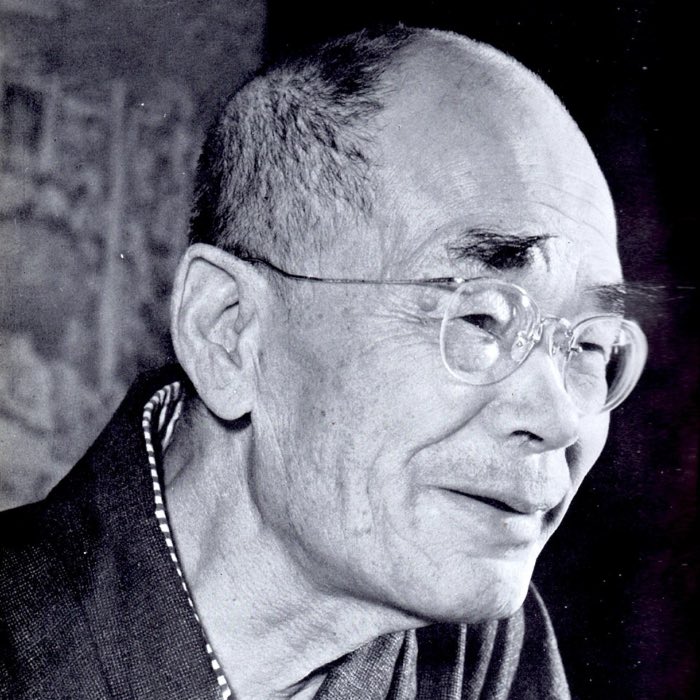

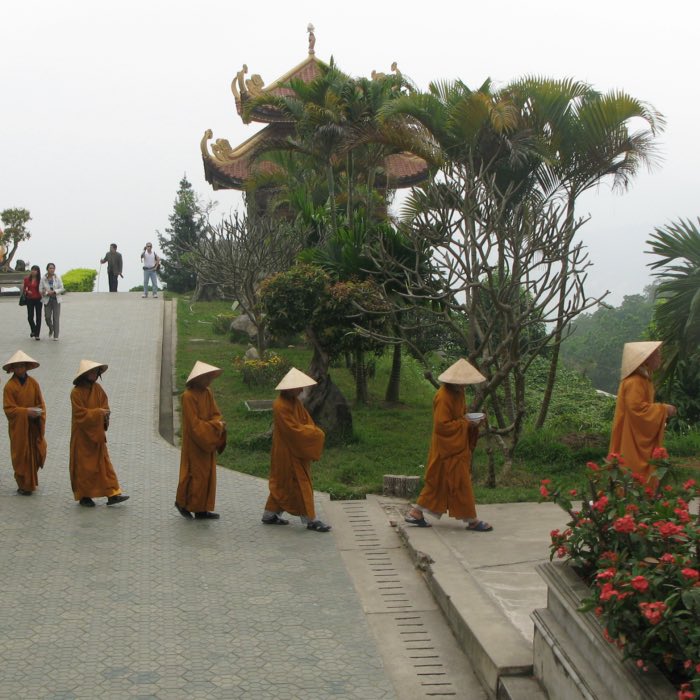

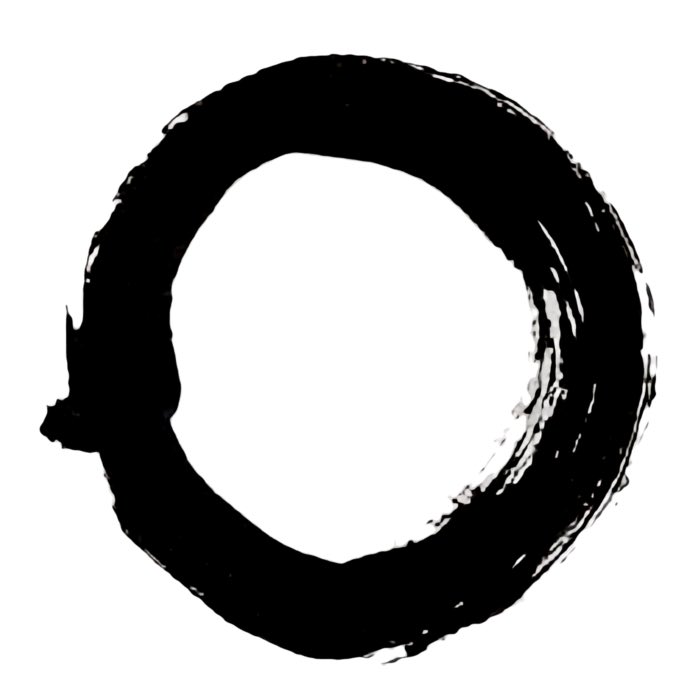
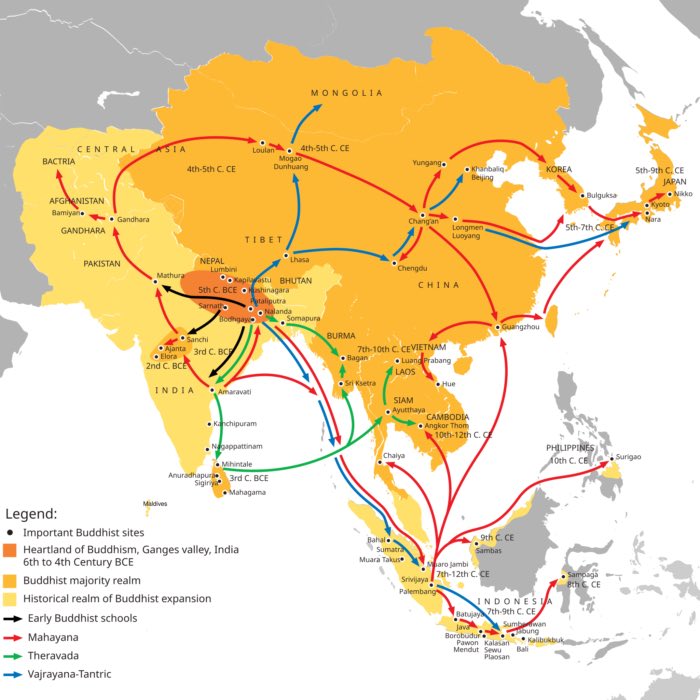
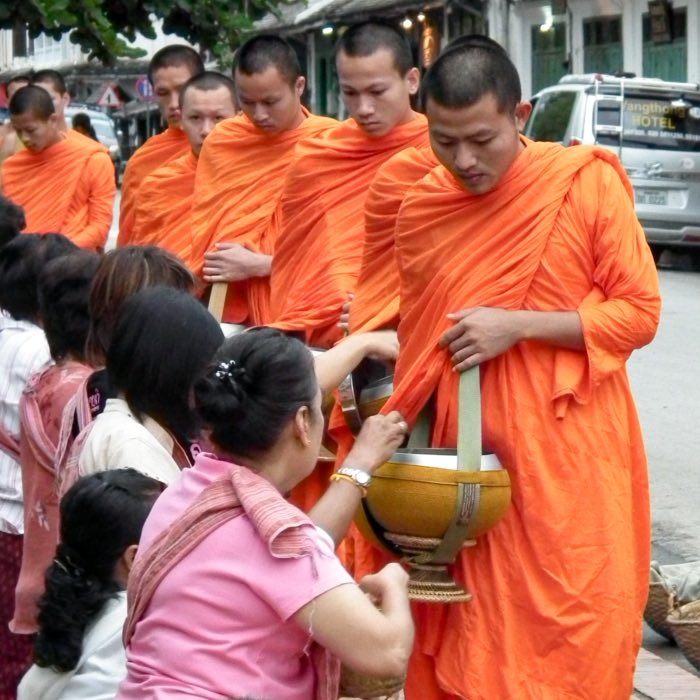
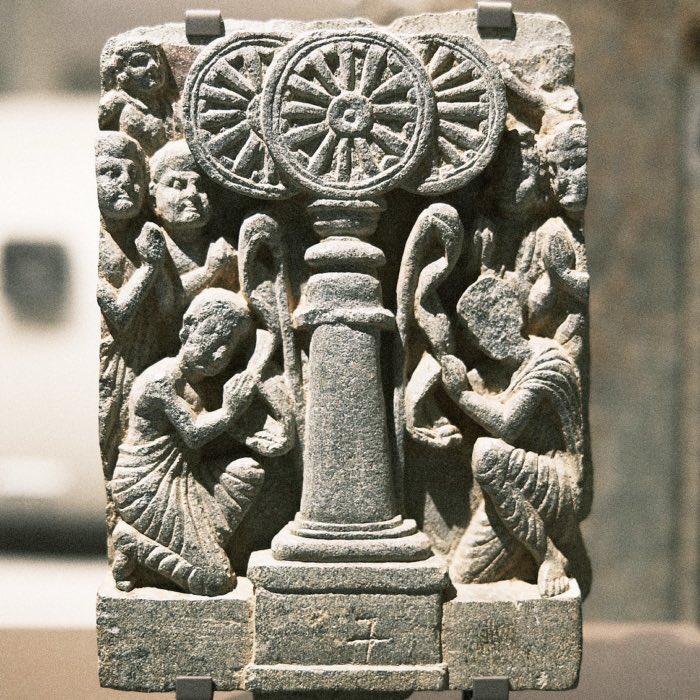
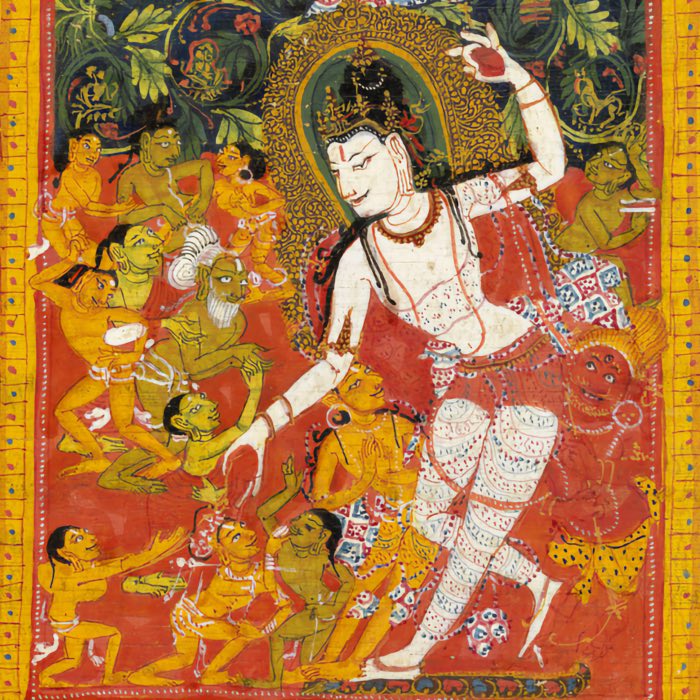



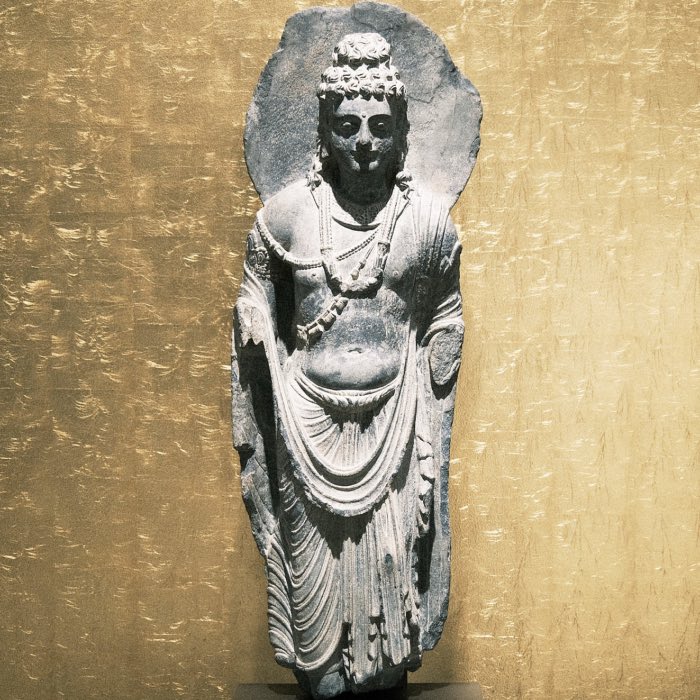
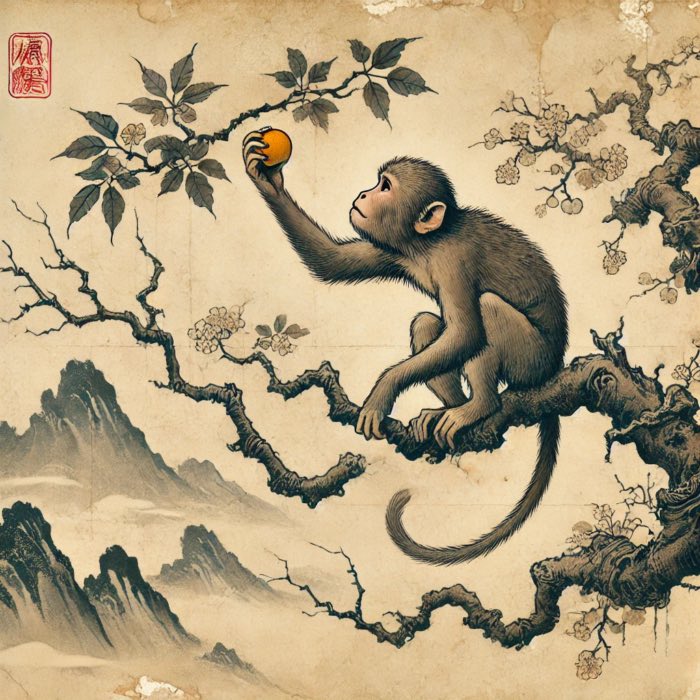

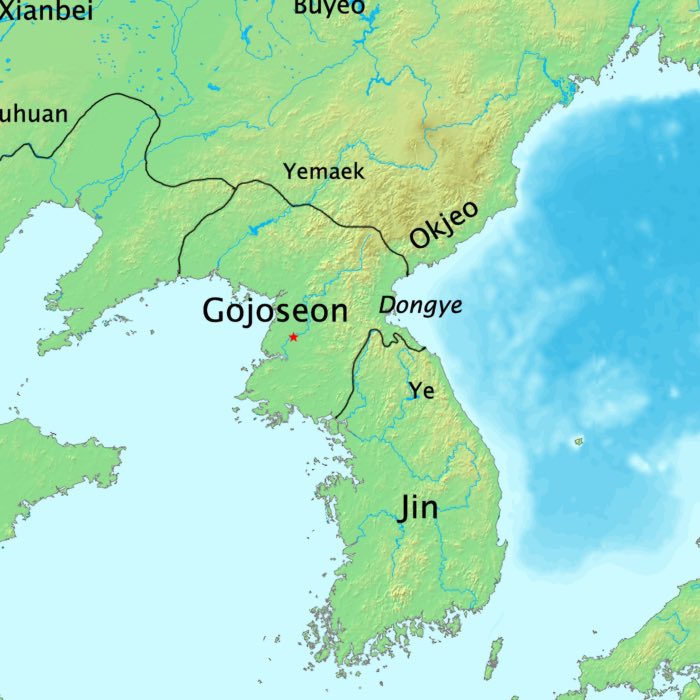
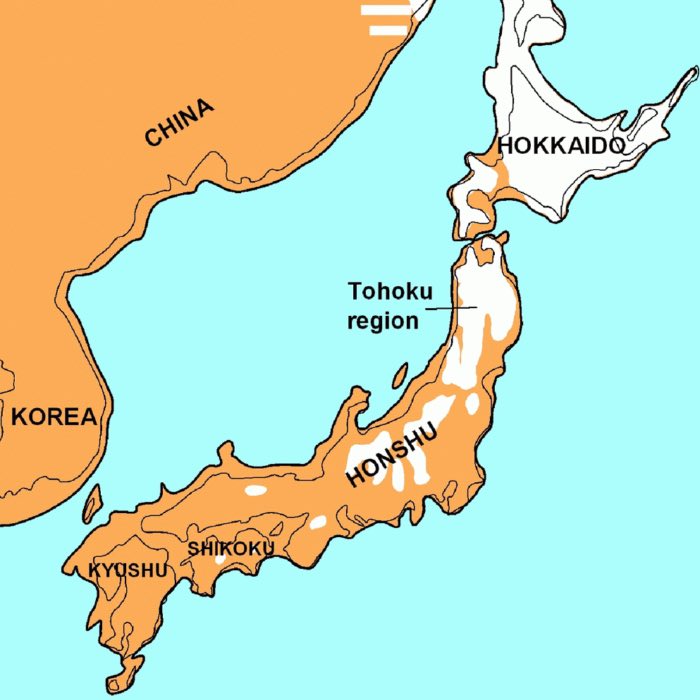
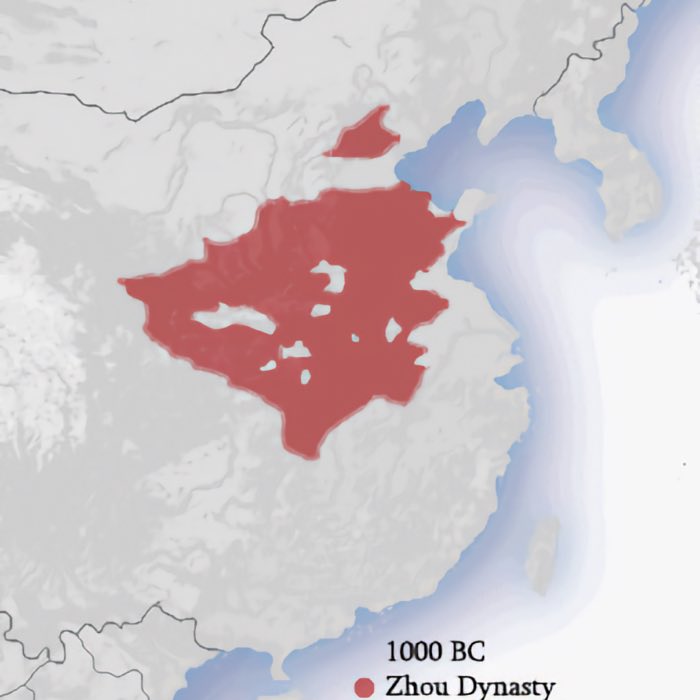
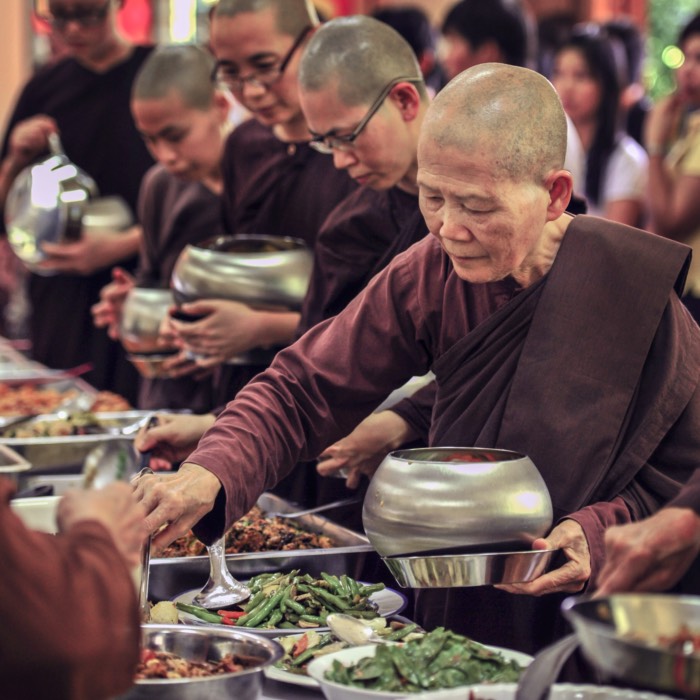
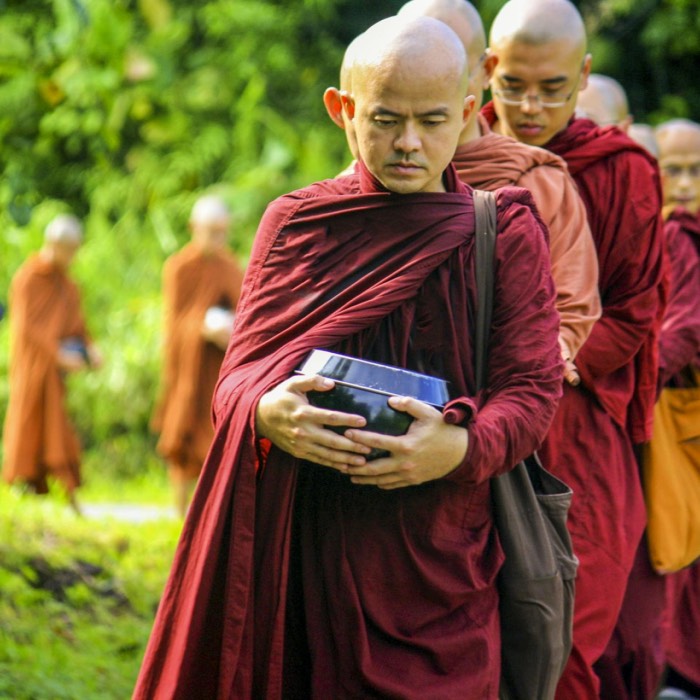





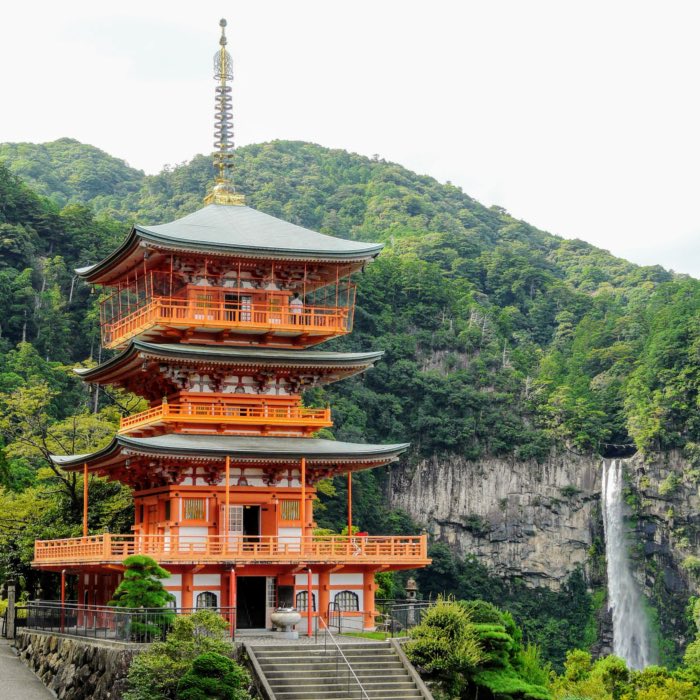
comments